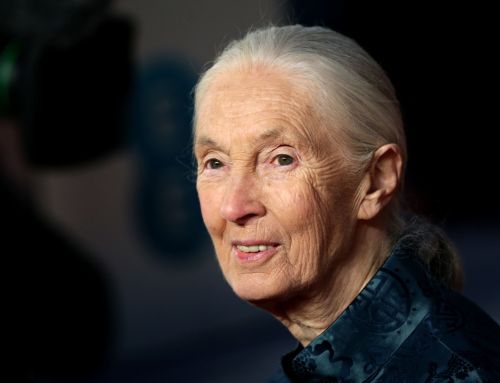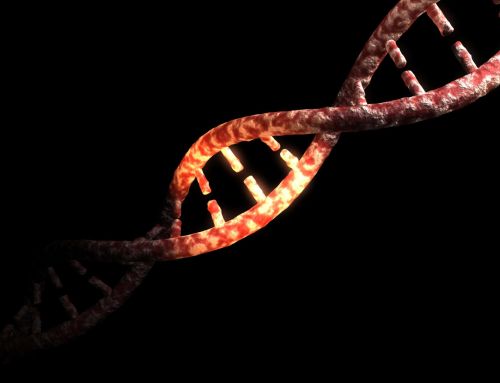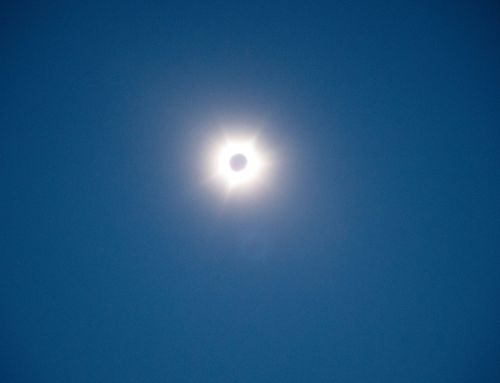Three scientists have jointly won this year’s Nobel Prize for Physics for their work on quantum information science that has significant applications, including in the field of encryption.
Frenchman Alain Aspect, American John F Clauser and Austrian Anton Zeilinger were cited by the Royal Swedish Academy of Sciences for discovering the way that unseen particles, such as photons or tiny bits of matter, can be linked, or “entangled”, with each other even when they are separated by large distances.
“Being a little bit entangled is sort of like being a little bit pregnant. The effect grows on you,” Clauser said in a Tuesday morning phone interview with The Associated Press.

It all goes back to a feature of the universe that baffled even Albert Einstein and connects matter and light in a tangled, chaotic way.
Clauser, 79, was awarded his prize for a 1972 experiment that helped settle a famous debate about quantum mechanics between Einstein and famed physicist Niels Bohr. Einstein described “a spooky action at a distance” that he thought would eventually be disproved.
“I was betting on Einstein,” Clauser said. “But unfortunately I was wrong and Einstein was wrong and Bohr was right.”
Clauser said his work on quantum mechanics showed that you could not confine information to a closed volume, “like a little box that sits on your desk” — although he could not say why.

“Most people would assume that nature is made out of stuff distributed throughout space and time,” Clauser said. “And that appears not to be the case.”
Quantum entanglement “has to do with taking these two photons and then measuring one over here and knowing immediately something about the other one over here”, David Haviland, chair of the Nobel Committee for Physics, said.
“And if we have this property of entanglement between the two photons, we can establish a common information between two different observers of these quantum objects. And this allows us to do things like secret communication, in ways which weren’t possible to do before.”
Nobel committee member Eva Olsson said this was why quantum information was not an esoteric thought experiment, describing it as a “vibrant and developing field”.

“It has broad and potential implications in areas such as secure information transfer, quantum computing and sensing technology,” she said.
“Its predictions have opened doors to another world, and it has also shaken the very foundations of how we interpret measurements.”
Everything in the universe could be entangled but “usually the entanglement just kind of washes off. It’s so chaotic and random that when you look at it … we don’t see anything,” Harvard professor Subir Sachdev, who has worked on experiments that look at quantum entangled material, said.
But sometimes scientists can unsnarl just enough to make sense and be useful in everything from encryption to superconductors, he added.

Speaking by phone to a news conference after the announcement, Zeilinger said he was “still kind of shocked” at hearing he had received the award.
“But it’s a very positive shock,” the 77-year-old, based at the University of Vienna, said.
While physicists often tackle problems that appear at first glance to be far removed from everyday concerns — tiny particles and the vast mysteries of space and time — their research provides the foundations for many practical applications of science.
The Nobel committee said Clauser had developed quantum theories first put forward in the 1960s into a practical experiment. Aspect, 75, was able to close a loophole in those theories, while Zeilinger demonstrated a phenomenon called quantum teleportation that effectively allows information to be transmitted over distances.
The 2022 #NobelPrize laureates in physics have conducted groundbreaking experiments using entangled quantum states, where two particles behave like a single unit even when they are separated. The results have cleared the way for new technology based upon quantum information. pic.twitter.com/vPt3rxqaqR
— The Nobel Prize (@NobelPrize) October 4, 2022
“Using entanglement you can transfer all the information which is carried by an object over to some other place where the object is, so to speak, reconstituted,” Zeilinger said. He added that this only worked for tiny particles.
“It is not like in the Star Trek films (where one is) transporting something, certainly not the person, over some distance,” he said.
When he began his research, Zeilinger said the experiments were “completely philosophical without any possible use or application”.
Since then, the laureates’ work has been used to develop the fields of quantum computers, quantum networks and secure quantum encrypted communication.
“Quantum mechanics usually is portrayed as something which is very weird, very mystical.”
Immediately after the announcement, Professor Thors Hans Hansson, member of the Nobel Committee, was interviewed by journalist Sharon Jåma regarding the 2022 #NobelPrize in Physics. pic.twitter.com/OTR0hR7Ioq
— The Nobel Prize (@NobelPrize) October 4, 2022
A week of Nobel Prize announcements kicked off on Monday, with Swedish scientist Svante Paabo receiving the award in medicine for unlocking secrets of Neanderthal DNA that have provided key insights into our immune system.
They continue with chemistry on Wednesday and literature on Thursday.
The 2022 Nobel Peace Prize will be announced on Friday and the economics award on October 10.
The prizes carry a cash award of 10 million Swedish kronor (nearly £792,000) and will be handed out on December 10.
The money comes from a bequest left by the creator of the prize, Swedish inventor Alfred Nobel, who died in 1895.






